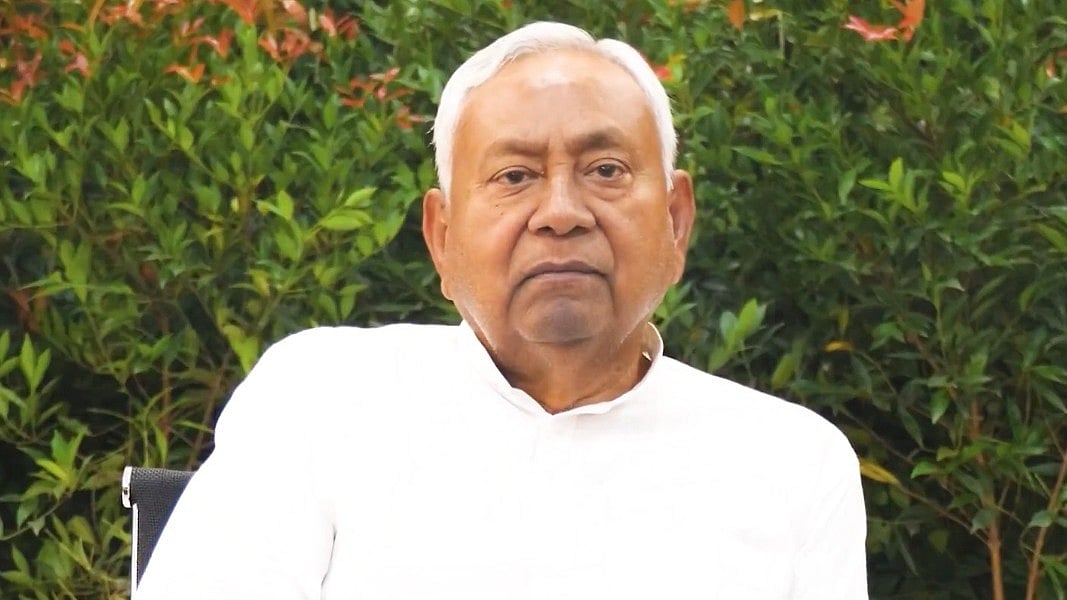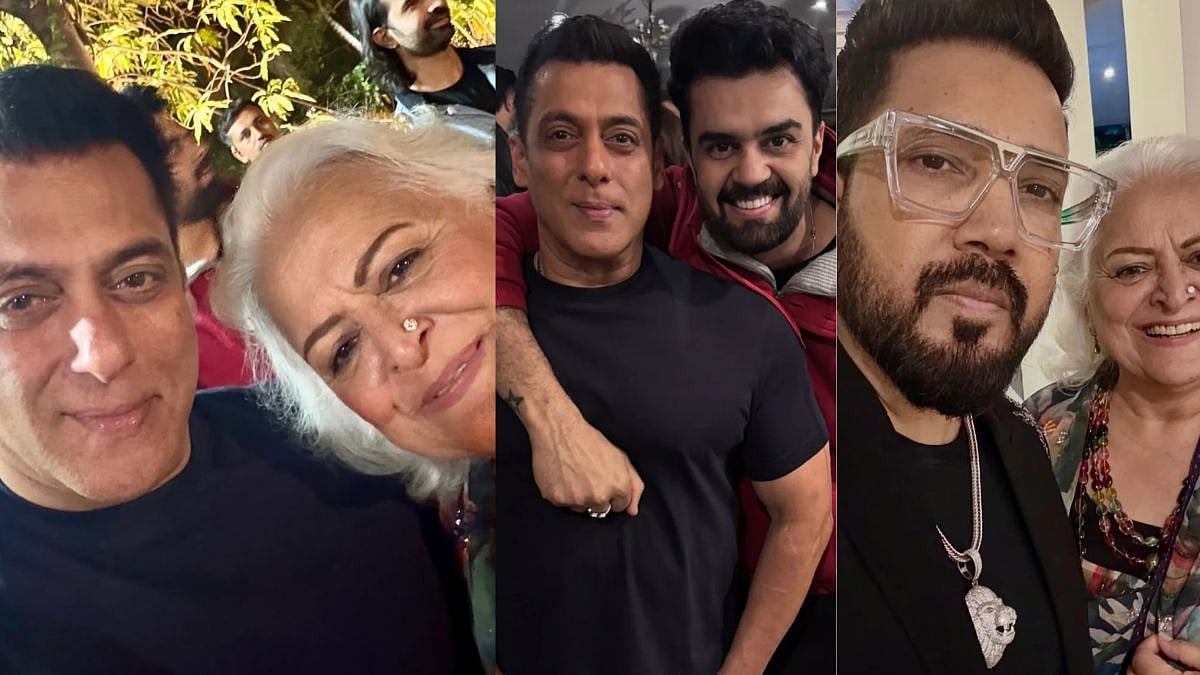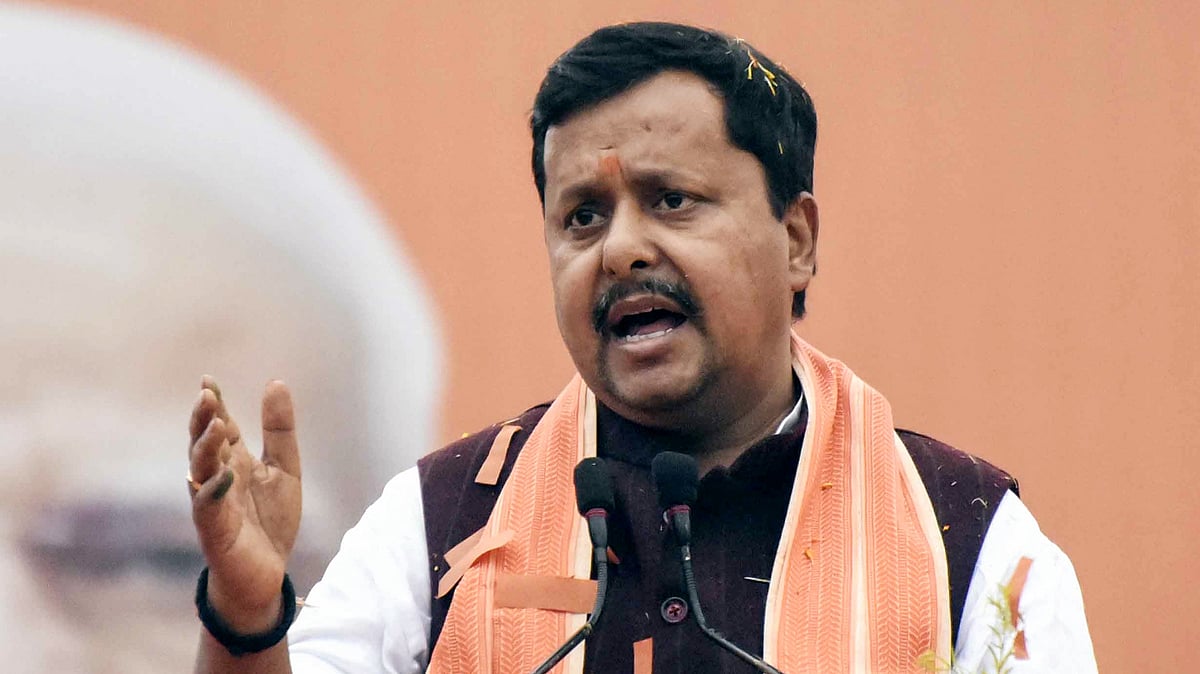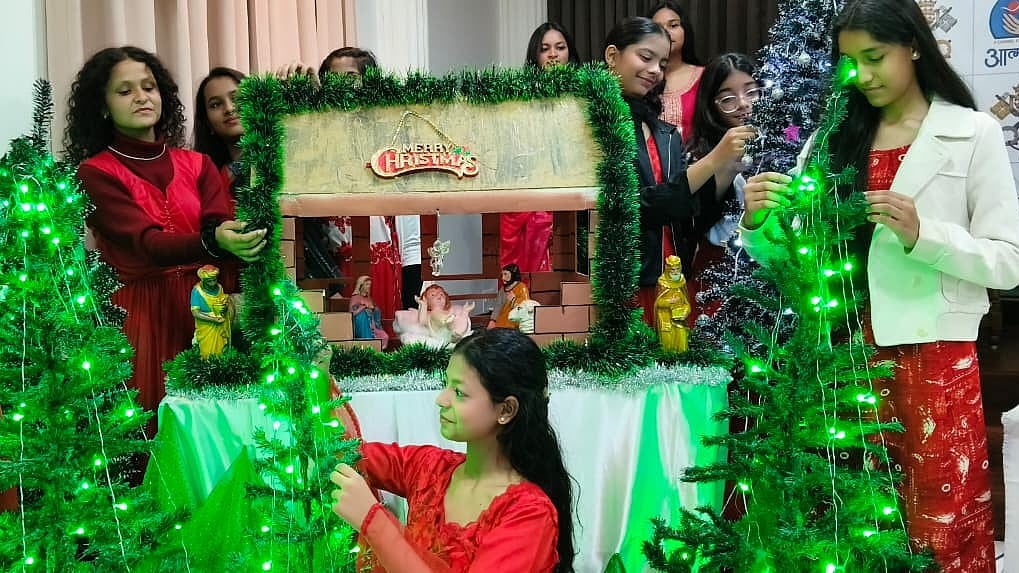While ending the Maharashtra leg of his Bharat Jodo Yatra, Congress leader Rahul Gandhi said in Buldhana district that Prime Minister Narendra Modi was deliberately calling the Adivasis (or aboriginals) vanvasis (forest dwellers). But it is not Mr Modi who started using the term vanvasis. He was barely two years old when the Vanvasi Kalyan Kendra, an outfit of the Rashtriya Swayamsevak Sangh, was registered and started functioning in tribal areas of what is now Chhattisgarh. Vanvasis is the word the Sangh Parivar uses in its literature while referring to the Adivasis.
There is a special reason to do so. The theory, universally believed to be the most plausible, is that the Aryans came from central Asia and settled down on the banks of the river Indus or Sindhu in what is now Punjab. They were known as the Sindhus, a term that eventually became the Hindus. One problem with this theory, as far as the Sangh Parivar is concerned, is that it proves the Hindus were also settlers from abroad, like others who followed over the centuries. Seen in this context, Bharat, that is India, is the matrubhumi (motherland) of all those who live in the country. This is unacceptable to the RSS as it deprives it of the argument that Hinduism is Indian in origin and Hindus are the original settlers in the country.
Even before the Aryans arrived on the banks of the Sindhu to lead a settled life, there were people in India who were known by other names, like the Adivasis. The Parivar does not want to give the tribals the status of aborigines because it would be at the cost of its own claims. It does not need much prescience to know that the rakshasas referred to in Hindu religious texts were actually either the Adivasis or the Dravidians. The term Adivasi brings a measure of status to the tribal which vanvasi does not. For instance, an encroacher on forest land will never become an adivasi, though he or she can become a vanvasi as they also will be living in the forest.
The main concern of the Adivasis is the growing alienation of their land at the hands of corporations, encroachers and settlers from other areas. One reason why Jesuit priest Stan Swamy became a suspect in the eyes of the authorities is because he educated the tribals about their rights under various laws of the country and how they needed to fight against companies eyeing their lands for commercial purposes.
Vanvasi is also a pejorative word, for it includes anything and everything that lives in the forest, like, for instance, monkeys. Left to itself, the Parivar would like all sub-national identities to disappear. That is why it was opposed to the names Jharkhand and Uttarakhand; its preferred names for the new states were Vananchal and Uttaranchal. It could not persist with the names as there was violent opposition to them from those who had struggled for the creation of the states. The word vanvasi is similarly unlikely to find traction with a vast majority of the tribals, who take pride in the fact that they were the original settlers in India who eventually lost their pre-eminent position to invaders and settlers known by other names like Hindus, Muslims and Christians.
One of the primary tasks of the Parivar has been to disprove the Aryan invasion theory. It has been using — some say misusing — archaeology, history and anthropology to argue that the Hindus originated in India. Excavations were conducted in Haryana at tremendous cost to the exchequer to prove there was a river, Saraswati, now subterranean, that merged with the Ganga and the Yamuna at Allahabad, now renamed Prayagraj, to form what is known as the Triveni Sangam. Myths are myths and facts are facts and there is no need to make myths facts or facts myths. Faith is not based on facts but on beliefs, and there is no need to prove or disprove them. For political reasons, however, the Parivar wants to prove that what is believed by many as matters of faith were all historical incidents.









